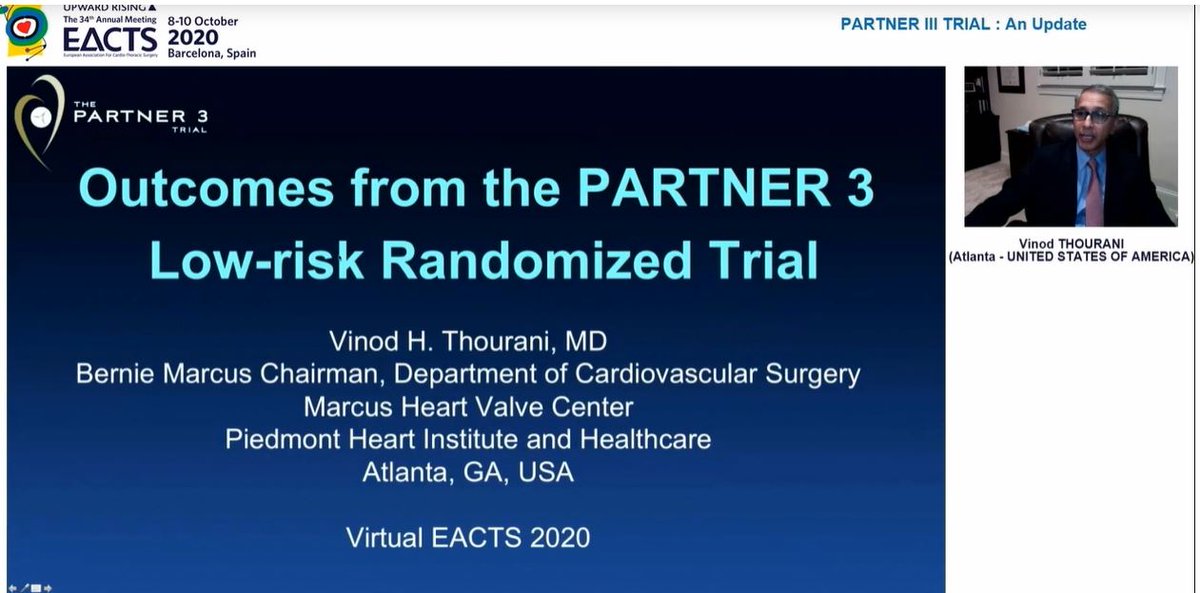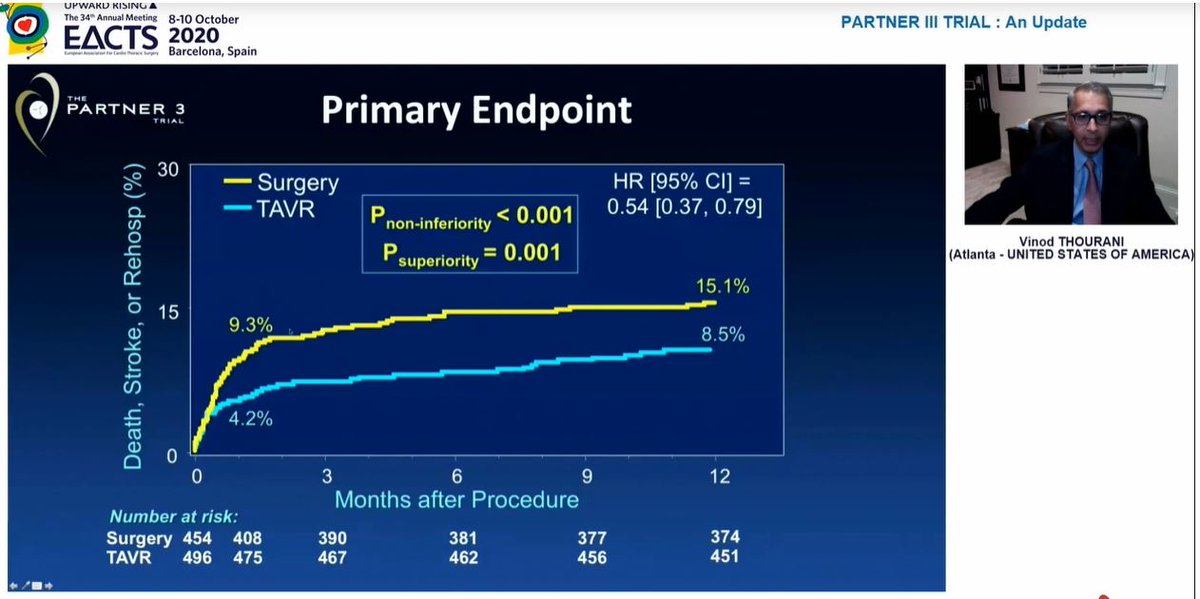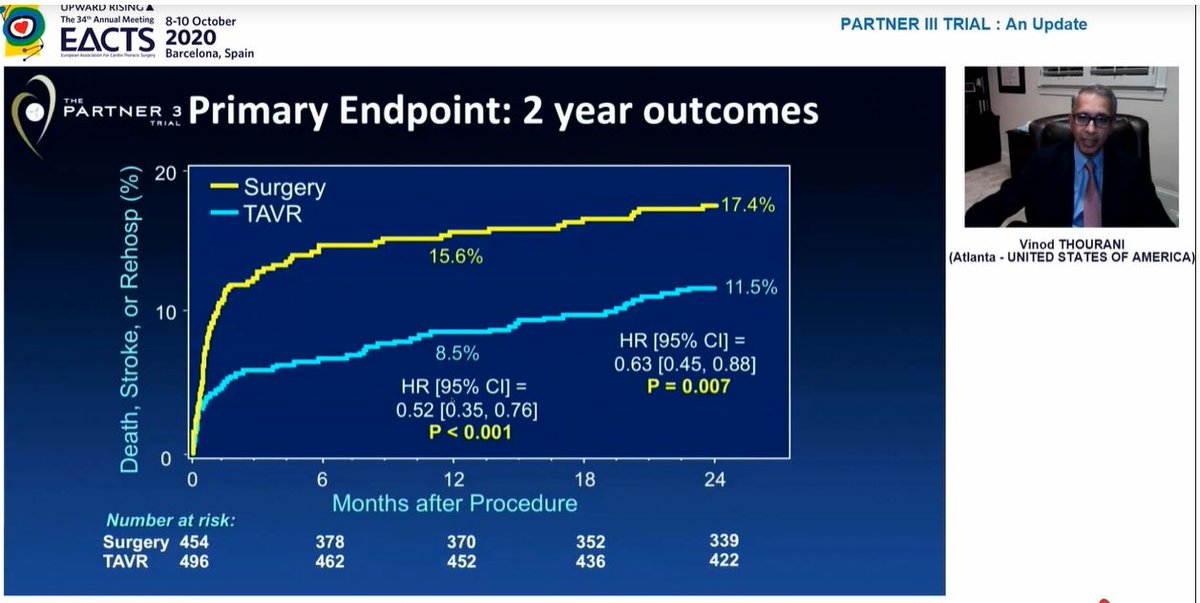
This is a 🧵 about physical examination, and what role it (still) plays in modern clinical practice. Decided to write this after seeing a post earlier this yr by @RichardLehman1 on this issue and some people replying that examination was much less relevant in the modern era
I'd like to share 3 case examples of why I don't believe that is true. POCUS is a valuable *adjunct* to the initial clinical assessment, which includes both history & exam (H&E). The H&E should direct which tests you want & what Q you're asking
1. MR case
2. AS case
3. HF case
1. MR case
2. AS case
3. HF case
Case 1
Pt referred to @UHS_valveclinic with new murmur. Completely asymptomatic, very fit & active. Phys exam revealed a prominent systolic murmur, no other abN findings.
TTE images were hard...here is PLAX
@echo_stepbystep @iamritu @purviparwani @rajdoc2005 @mswami001
Pt referred to @UHS_valveclinic with new murmur. Completely asymptomatic, very fit & active. Phys exam revealed a prominent systolic murmur, no other abN findings.
TTE images were hard...here is PLAX
@echo_stepbystep @iamritu @purviparwani @rajdoc2005 @mswami001
Here is an AP4Ch with colour, no MR detected.
@SineadHughes19 @brwcole @LynnGreigMiller @drstevenwhite @DrNathan001 @nav4879 @iceman_ex @Doc_Tiger @appropriateuse @manasinha @drrajinder1984 @DrRajivsankar @doc_ccc @DavidLBrownMD @john_splatt @Cardiologist001 @GarimaVSharmaMD
@SineadHughes19 @brwcole @LynnGreigMiller @drstevenwhite @DrNathan001 @nav4879 @iceman_ex @Doc_Tiger @appropriateuse @manasinha @drrajinder1984 @DrRajivsankar @doc_ccc @DavidLBrownMD @john_splatt @Cardiologist001 @GarimaVSharmaMD
Tried multiple times...
@GoughCJ @DrChrisMcAloon @dr_chrisallen @bwoody58 @SarahFairley7 @sarahhudsonuk @BirkhoelzerS @Dr_CPeter @HEARTinMagnet @hannahcvimaging @hannahzr @JonathanWHinton @EuniceOnwordi
@GoughCJ @DrChrisMcAloon @dr_chrisallen @bwoody58 @SarahFairley7 @sarahhudsonuk @BirkhoelzerS @Dr_CPeter @HEARTinMagnet @hannahcvimaging @hannahzr @JonathanWHinton @EuniceOnwordi
And again. Tried different transducer positions, deliberate foreshortening, AP5Ch view etc...still couldn't see it
However, murmur suggested there *was* an abnormality, we just hadn't demonstrated it
So...moved patient from left lateral position flat on to back, to try something different
Now, we can see an MR jet swirling around the LA!
So...moved patient from left lateral position flat on to back, to try something different
Now, we can see an MR jet swirling around the LA!
Even able to zoom up & get a PISA measurement...MR radius was 6mm, EROA 0.2cm2
On balance, we reported moderate MR
The point is...we persisted & persisted to find an MR jet *because of the exam findings*
Without exam, some may have given up & said 'no obvious abnormality'
On balance, we reported moderate MR
The point is...we persisted & persisted to find an MR jet *because of the exam findings*
Without exam, some may have given up & said 'no obvious abnormality'

Case 2
Patient referred to @UHS_valveclinic with exertional SOB. No CP, palpitations, HF symptoms.
Exam - slow-rising carotid pulse! Harsh ESM! Absent S2!
So, we do the TTE. Again challenging images. Here is the best of multiple CW Doppler traces from AP5Ch window
Patient referred to @UHS_valveclinic with exertional SOB. No CP, palpitations, HF symptoms.
Exam - slow-rising carotid pulse! Harsh ESM! Absent S2!
So, we do the TTE. Again challenging images. Here is the best of multiple CW Doppler traces from AP5Ch window

Mean gradient 32mmHg. Vmax ~3.7m/s. Suggested moderate AS
But, examination findings consistent with severe AS
Of course we know we *should* perform RSE imaging in such cases, but multiple prior studies have shown this is frequently not done (e.g. time pressures)
But, examination findings consistent with severe AS
Of course we know we *should* perform RSE imaging in such cases, but multiple prior studies have shown this is frequently not done (e.g. time pressures)
However, we strongly suspected we had not demonstrated highest gradients here...so we tried all other non-apical windows...and got this from modified RSE
Vmax now ~4.3-4.4m/s, mean gradient ~40mmHg...confirmed severe AS
Again, phys exam findings informed the subsequent test
Vmax now ~4.3-4.4m/s, mean gradient ~40mmHg...confirmed severe AS
Again, phys exam findings informed the subsequent test

Case 3 - an old one
40yr old lady presents with 2month history leg swelling. No other symptoms - no SOB, orthopnoea, PND, chest pain. Just ankle swelling
No relevant PMHx except obesity (BMI 35). No regular medication. No alcohol, non-smoker. No red flag symptoms
40yr old lady presents with 2month history leg swelling. No other symptoms - no SOB, orthopnoea, PND, chest pain. Just ankle swelling
No relevant PMHx except obesity (BMI 35). No regular medication. No alcohol, non-smoker. No red flag symptoms
Exam - sinus rhythm. Positioned in bed at 45 degrees, neck was examined and JVP was definitely not elevated. No murmurs. Chest clear. No abdo masses. Marked bilateral pitting oedema to the knees
Cardiology opinion had been sought. I was a registrar (resident) & recalled a great line I had seen former mentor @heartdoc_aam use:
"In the absence of diuretic use, the normal venous pressure effectively rules out HF as a cause of ankle oedema"
So that's what I wrote here!
"In the absence of diuretic use, the normal venous pressure effectively rules out HF as a cause of ankle oedema"
So that's what I wrote here!
Few mins later, irate medical consultant comes to find me on ward, says sarcastically "I'm very impressed by your diagnostic prowess all from the JVP"
Insisted this was bound to be HF & he wanted an echocardiogram. I was a trainee, in no position to refuse
Echo was normal
Insisted this was bound to be HF & he wanted an echocardiogram. I was a trainee, in no position to refuse
Echo was normal
Blood results-albumin 21 (~1/2 normal)
This was in days before BNP widely used. Today, the thought of not doing an echo in such a patient seems unbelievable..."surely you'd just do one, to be sure?"
The purist in me says no! Realist knows that's challenging today
This was in days before BNP widely used. Today, the thought of not doing an echo in such a patient seems unbelievable..."surely you'd just do one, to be sure?"
The purist in me says no! Realist knows that's challenging today
Recall basic physiology. Oedema happens in HF due to transudation of fluid from intravascular compartment into interstitium due to raised hydrostatic pressure within blood vessels...which comes from elevated filling pressures in right heart.
If RV - and thus RA - pressures are so high that (considerable) fluid has moved into interstitial space, the JVP (surrogate of RAp) cannot be normal (well, that's what I was taught! 😁)
In summary
I agree certain aspects of physical examination are no longer necessary today (e.g. is there reverse splitting of S2 that might indicate LBBB or AS?)
However, physical exam without question retains an important role
I agree certain aspects of physical examination are no longer necessary today (e.g. is there reverse splitting of S2 that might indicate LBBB or AS?)
However, physical exam without question retains an important role
I worry that with rise of virtual consultations, our clinical assessments will be incomplete. Virtual clinic means history only then tests, no examination
This isn't meant to be a 🧵 about #POCUS, but again I'll say I think it's a great adjunct, especially in acute setting
This isn't meant to be a 🧵 about #POCUS, but again I'll say I think it's a great adjunct, especially in acute setting
But hope I'm not a luddite for suggesting examination is still a very important part of clinical examination!
A key change these days is medicolegal culture, fear of being sued, important Q : "Is clinical accumen enough today?"
Are lots of tests done 'just in case'? Yes!!
A key change these days is medicolegal culture, fear of being sued, important Q : "Is clinical accumen enough today?"
Are lots of tests done 'just in case'? Yes!!
Discussion welcome! 😁
• • •
Missing some Tweet in this thread? You can try to
force a refresh

















